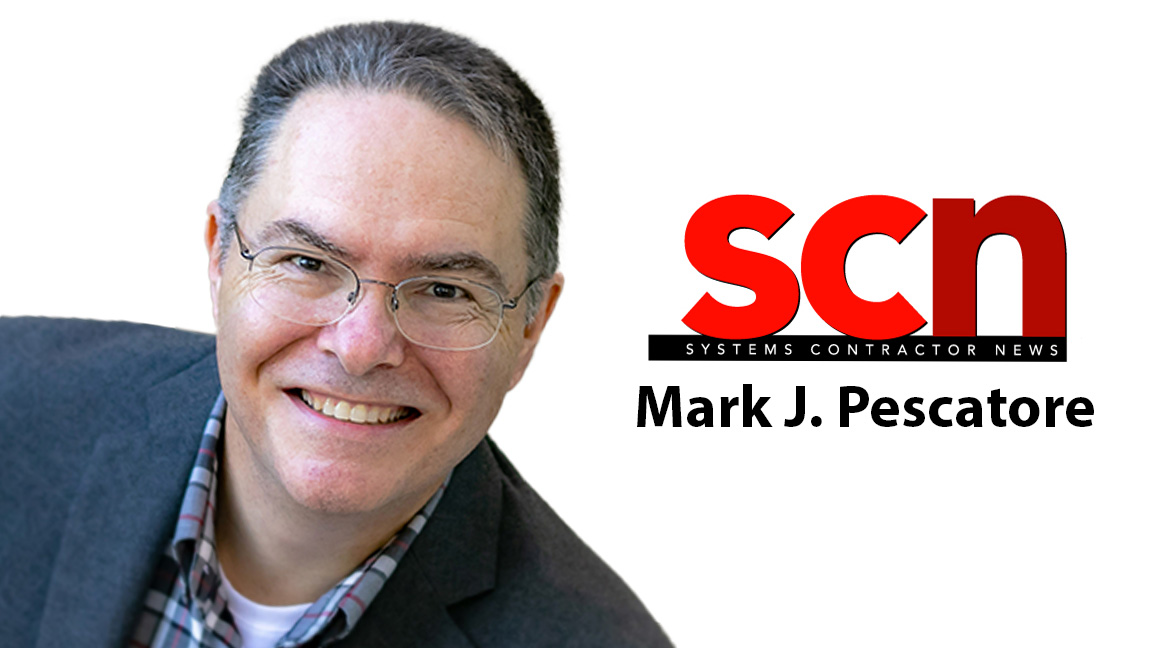Editorial: The Power of Corporate Culture
What is your company doing to hire and retain Pro AV talent?

Underestimate the importance of corporate culture at your own peril, not to mention the peril of your company or department.
“At the Tipping Point,” a new whitepaper released by Crestron in partnership with WORKTECH Academy, emphasized the importance of corporate culture and workplace flexibility. Here’s one of its many insights: “The growing preference for and adoption of modern work practices can be attributed to one factor above all else: a cultural re-appraisal of working life by employees around the world in the aftermath of the pandemic, for whom flexible working is no longer seen as a perk but an expectation.”
Roughly translated, that means people like the freedom of hybrid work, and they don’t want to give it up.
However, it might surprise you to learn that more than two-thirds of 18-34-year-olds surveyed from a pool of 3,000 employees across nine European countries wanted to return to the office full time. Maybe they crave socialization, or they think the office is the best place to build their personal networks, or they just don’t have a place at home where they can conduct business without the distractions of parents or roommates.
[Blueprint for Success: Dance in the Rain]
Conversely, almost two-thirds of all workers were unwilling to return to the office. While there are probably many factors at play, my guess is that most workers over the age of 40 just don’t want to wear pants.
A daily selection of the top stories for AV integrators, resellers and consultants. Sign up below.
Regardless of attire desires, it’s clear that companies need people-centric solutions. But what about the Pro AV industry itself? No matter where your company lies on the hybrid work spectrum—from “hardly hybrid” to “hyper hybrid,” according to the whitepaper—how healthy is your corporate culture?

One company that seems to have found a formula that works is Just Add Power. In July, I visited the company’s headquarters near Tampa, FL, as part of a media tour. I know, J+P doesn’t exactly have a glamorous product line. It offers a collection of black boxes and wall plates. Mind you, they are well engineered—MaxColor 4K/60 Series AV-over-IP solutions deliver 4:4:4, 36-bit color performance—but generally, J+P's solutions are designed to be hidden from view.
[Just Add Power AVoIP Solutions Support 4K Video Wall for FDPA]
Apparently, the company decided to keep the bells and whistles for the office. Classic movie posters fill one of the main halls. There’s an onsite commercial kitchen, and the company is known for hosting community events. For the employees, there’s a gym, complete with weights and cardio gear. Every workspace I saw can be raised or lowered, so workers can sit or stand as desired. There’s even a big sectional sofa that serves as an informal setting for team meetings. And don’t get me started on the cigar bar or classic car garage. No, I’m not kidding.
Going to the J+P office is an experience, which is precisely what our AV/IT Summit keynote speaker, Kay Sargent, preached in August (and I discussed in last month’s editorial). Is it working? Well, most of the employees who interacted with the media tour had been with the company for many years, so you tell me.
[Viewpoint: What's Your Professional Mindset?]
I’m not saying every company needs a collection of classic cars or even classic movie posters. That’s what works for J+P. But in today’s hypercompetitive environment, where hiring and retaining employees seems to be more difficult than ever, you need to develop a corporate culture that works for your company before everyone starts moving to Tampa.

Mark J. Pescatore, Ph.D., has been the content director of Systems Contractor News since 2021. During his career, he's hosted and programmed two ongoing regional industry trade shows (including Future B2B's AV/IT Summit), produced and hosted podcasts and webinars focused on the professional video marketplace, taught more than a dozen college communication courses, co-authored the book Working with HDV, and co-edited two editions of The Guide to Digital Television.
